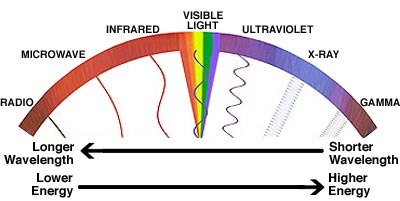Technology improves at a rapid rate - so fast that most people can't keep up. One of the key ways that we can recognize tech is by visual improvements. Movies and video games have been on a steady trajectory toward realistic approximations of humanity. Playing my Atari 2600 in the early 80s is way different from strapping on those virtual reality goggles at Sportsworld in Paramus NJ. And that is a far time away from video games like Splinter Cell: Blacklist (shown above).
But when does the technology get too real? There's a gap between technology that's clearly fake and us, and straying within that gap can lead to creepy results. Being in that gap, known as the uncanny valley, is offputting because our brains like things to be categorized and orderly. If we can't immediately peg the source of something, we begin to hyperfocus on anything that would make it different. If we see a perfect stack of books, we'll look for imperfections in the pages, covers, etc - anything to categorize.
The BBC has a great article on the uncanny valley:
"There are a few explanations that might account for our strange aversion to humanoid robots. One is that not being able to tell whether something is human or not can be a deeply unsettling feeling in itself. Artists and directors take advantage of this all the time for dramatic effect. The dread that viewers feel while trying to figure out who is a zombie, or Cylon, or alien might be the very same dread they feel when faced with a very realistic robot. "
"An unexpected break in humanness can be an unpleasant shock, one that sets off fearful and distrustful instincts. "
Interestingly, the creepiness doesn't only involve trying to act human. Some things are just damn creepy - like Teddy Ruxpin.









